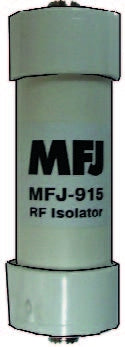I had the exact same issues on my 2015 GMC Sierra ........
Also using a Stryker SR955 driving a Texas Star DX 500V amplifier .......
My amplifier power cables (positive and negative) were already connected directly to the vehicle batteries with an inline fuse at the battery end.
I have a 108" S.S. whip antenna mounted on the side of the bed mounted tool box behind the cab. I gounded the toolbox to the frame of the truck with a grounding strap on each side of the truck to ensure a good ground.
The coax comes from the cab, into the tool box area, and then to the antenna input.
I had the same issues you describe above.
I installed a MFJ- 915 RF Isolator just inside the tool box area, with an 18" jumper coax to the antenna connector.
This took care of the RF interference with my truck electronics.
No more issues. The coax stopped acting as a transmitting antenna, and the RF interference in the truck electronics was eliminated.
The isolator HAS to be connected inline in the coax
AS CLOSE TO THE ANTENNA CONNECTOR AS POSSIBLE.
All coax below the isolator back to the amp and radio can act as a radiating antenna.
I had same issues with my base station when I turned on my big amplifier. It messed with the electronics and satellite system in the house. I installed a DX Engineering 1:1 RF Isolator at the base of each antenna, and all RF interference in the house was eliminated.
I installed one of the MFJ- 915 RF Isolators on each one of my trucks.
Been using them this way for several years now on three of my trucks.
See MFJ's description and photo below.
The MFJ-915 RF Isolator is a 1:1 Current Balun designed to be placed in line with a 50-Ohm coax. The RF Isolator is effective from 1.8 to 30 MHz. It was designed to improve the performance of all amateur stations, fixed or mobile.
MFJ-915 will reduce or eliminate stray RF often found on coax. This stray RF can cause burns and other problems with electronic equipment in ham-shacks and vehicles. Stray RF also results in a loss of radiated power from the antenna, which will lead to a great reduction in signal strength. Use of the MFJ-915 will increase the efficiency of all amateur stations.
Its made up of 50 Ferrite Core Beads, placed onto a 13-inch piece of RG-303 coax. The coax and SO-239 connectors have Teflon(R) for maximum insulation and extended life of the product. The RF Isolator is enclosed in schedule 40 PVC pipe for maximum strength and protection.

